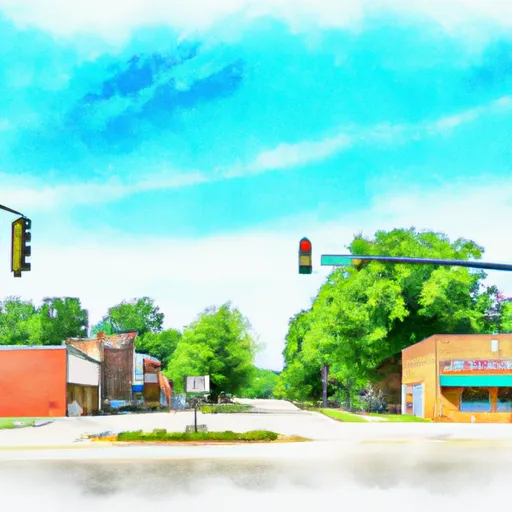°F
°F
mph
Windspeed
%
Humidity











Amazonia is a small town located in the northwest region of Missouri, with a population of fewer than 300 people. The town experiences a humid, subtropical climate with hot summers and cold winters. The hydrology constituents of Amazonia are mainly composed of small creeks and streams, with the Third Fork of the Platte River running through the eastern part of the town. The river provides opportunities for fishing and boating. Additionally, the town has several parks and nature preserves, including the Squaw Creek National Wildlife Refuge, which offers hiking, camping, and birdwatching opportunities. Amazonia is also home to the Amazonia R-VI School District, which provides education for students in the area.
Weather Forecast
Amazonia receives approximately 908mm of rain per year, with humidity levels near 84% and air temperatures averaging around 12°C. Amazonia has a plant hardyness factor of 5, meaning plants and agriculture in this region thrive during a short period during spring and early summer. Most plants will die off during the colder winter months.
Regional Streamflow Levels
149
Cubic Feet Per Second
55
Cubic Feet Per Second
28
Cubic Feet Per Second
29,100
Cubic Feet Per Second
Nearby Camping
| Camping Area | Reservations | Toilets | Showers |
|---|---|---|---|
| Fort Scott Lake | |||
| Osawatomie City Lake | |||
| Rock Creek Lake - Fort Scott | |||
| Four Oaks RV Park | |||
| Viking Lake State Park | |||
| Lake Miola City Park |



